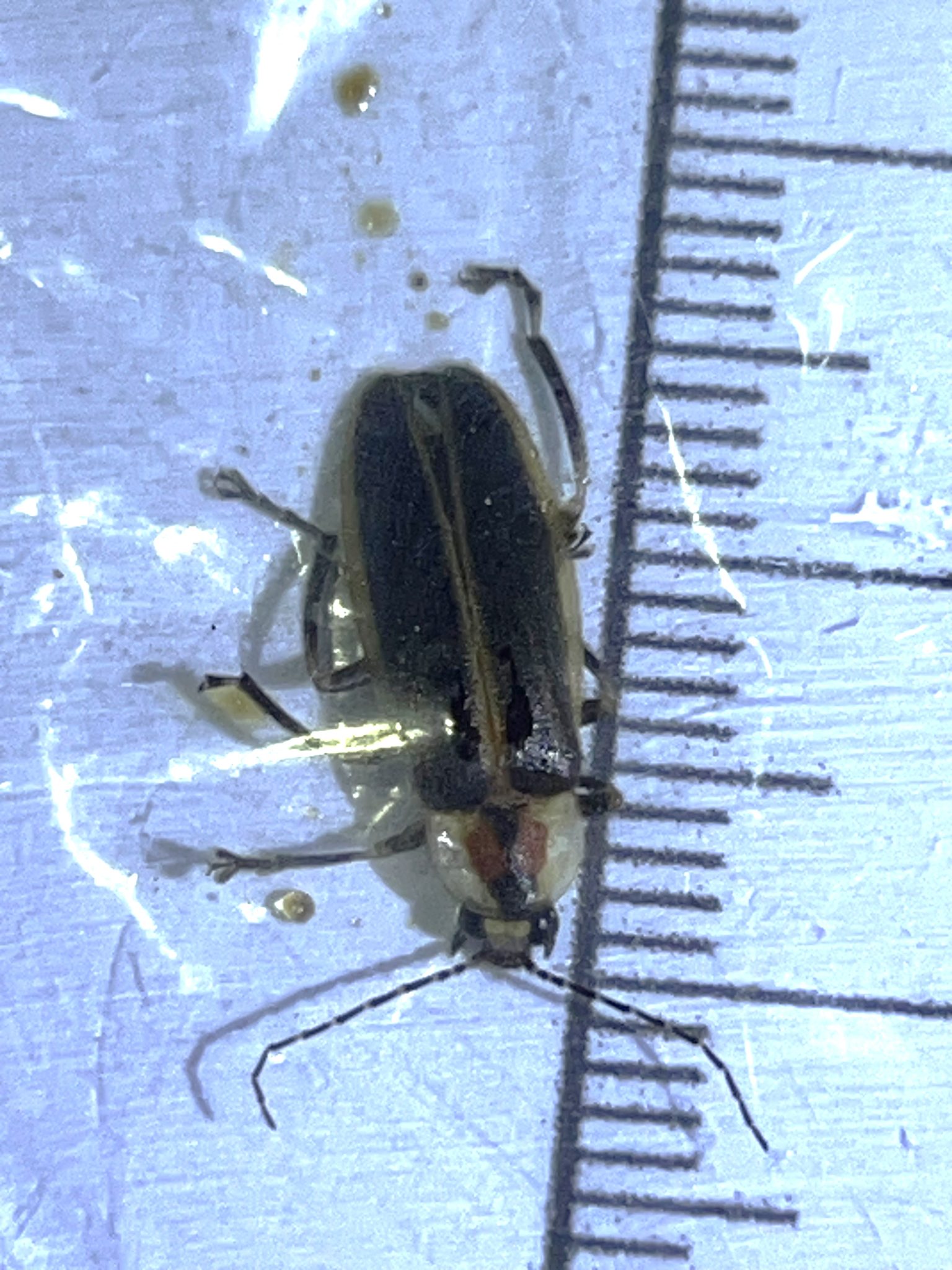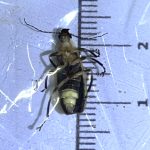Notice: Below is a list of 0 important links included on this page.
Please note that while screen readers have made significant strides, they may still lack full support for optimal web accessibility.



You must be logged in to post a comment.
This is a project of the Xerces Society, working in collaboration with the IUCN SSC Firefly Specialist Group and New Mexico BioPark Society.
Copyright © 2025 The Xerces Society •1631 NE Broadway Street, #821 • Portland OR 97232 USA
Thanks for submitting this firefly observation! You are correct that this is a female Photuris, which makes species ID challenging, as the flash behavior won’t align with the male courtship flash pattern, which is what we generally use for ID purposes.
I’m honestly not sure what species this could be, as the Photuris in Illinois haven’t been studied very closely. The 14 mm length and dark colored hind coxae (both helpful cluses) could point toward Photuris versicolor or Photuris tremulans, though early August would be quite late in the season for P. tremulans.